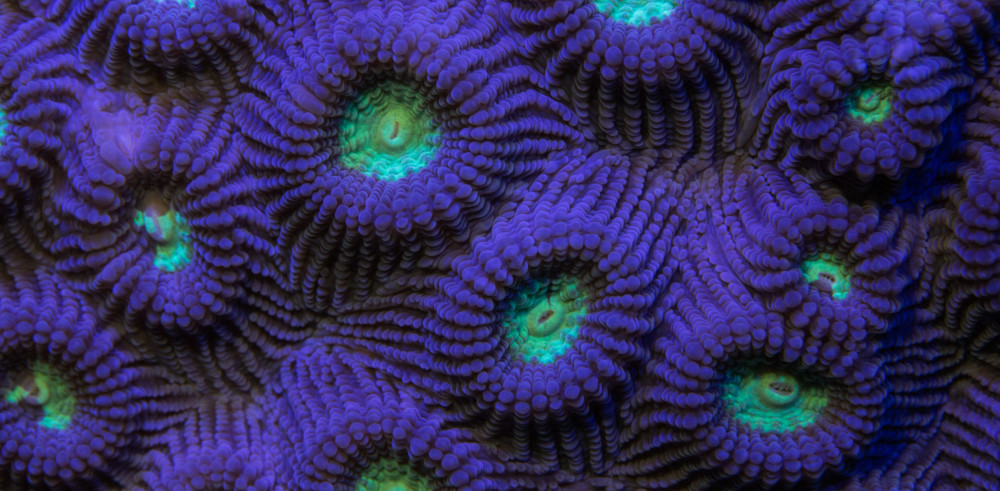Ryukyu-ken is a scarce breed of dog found on the Island of Okinawa. In the past, these dogs were used to hunt down wild boars in the Yanbaru forest. They are currently designated as an Okinawan national treasure. I have personally seen these dogs hunt wild birds and they have no problems catching them. The Ryukyu ken has a great sense of smell. They can smell their prey from far away. These smart dogs are outstanding hunters.

Ryukyu Ken – © Shawn Miller

Ryukyu-ken © Shawn Miller
It’s impressive that these dogs hunt such a large powerful animal. Ryukyu wild boar (Sus scrofa).

Ryukyu wild boar (Sus scrofa) © Shawn Miller
I was out searching for birds and saw this beautiful male Ryukyu Inu. I knew he was out on a hunting mission. It was just a matter of being at the right place at the right time.

Ryukyu Inu -Okinawan native dog © Shawn Miller

Ryukyu Inu -Okinawan native dog © Shawn Miller

Ryukyu native dog ready for the hunt © Shawn Miller

Ryukyu Inu -Okinawan native dog © Shawn Miller

Ryukyu Inu -Okinawan native dog © Shawn Miller

Ryukyu Inu -Okinawan native dog © Shawn Miller

Ryukyu Inu -Okinawan native dog © Shawn Miller

Ryukyu Inu -Okinawan native dog © Shawn Miller
I tried to get a better photograph but the dogs kept avoiding me. The Ryukyu ken caught a duck with the help of a team partner.

I often would see the Master walking his dogs on the beach and one day I finally asked him if I could photograph him and his dogs.

Master and his Ryukyu Ken © Shawn Miller

Master walking his Ryukyu Dogs © Shawn Miller
I had the opportunity to meet another Ryukyu Ken this weekend. What caught my eye was the the double claw ( AKA Dew claw) on the rear legs. He had six toenails on the hind legs and only four toenails on the front legs, the term for this is polydactyl. I have only seen extra digits on the front legs of a cats before.

Ryukyu ken -dogs of the Ryukyu’s
Check out those dew claws- six toenails on the hind legs

polydactyl ryukyu dog- Meet boots the Hemingway cat (Polydactyl)
Meet boots the Hemingway cat (Polydactyl). Check out those extra digits!

Boots the Polydactyl Cat by Shawn Miller
Look at those beautiful patterns of the Ryukyu ken.

Ryukyu ken – Coat colors and patterns
The Ryukyu Ken is my favorite dog.
 I often find some of the most interesting dogs on my photographic adventures exploring the Island. I try to capture their unique personality. Below are some of my favorite dogs.
I often find some of the most interesting dogs on my photographic adventures exploring the Island. I try to capture their unique personality. Below are some of my favorite dogs.

Okinawan dog © Shawn Miller

Ryukyu guard dog © Shawn Miller

Okinawan dog © Shawn Miller

Okinawa dog – chained up © Shawn Miller

Poochie the wonder dog © Shawn Miller
Sometimes on my adventures, I run into aggressive dogs. They are just protecting their territory. I respect their space and leave the scene.

Okinawan dog © Shawn Miller

Dogs of Okinawa © Shawn Miller

Dogs of Okinawa © Shawn Miller

guard dogs of Okinawa © Shawn Miller

Dogs of Okinawa © Shawn Miller

Okinawan beach dogs, Yomitan Okinawa © Shawn Miller
Sometimes I run into kind photogenic dogs that love their photograph taken.

Shima -Ryukyu dog © Shawn Miller

Cheetah like speed © Shawn Miller

Okinawa Island style © Shawn Miller

Okinawan dog with style © Shawn Miller

Dogs of Okinawa © Shawn Miller

Scuba dog -Maeda point © Shawn Miller

Bear and Master Willson © Shawn Miller
My Mission: To Document and Preserve the Wildlife of the Ryukyu Islands
This site is also designed to help people identify the beautiful animals of Okinawa, basically to serve as an online nature reference guide. If you would like to make a contribution to support my mission, please click on the donation link paypal.me/maketheswitch4nature
Your donations will help conservation initiatives as well as bring solutions to the worldwide pollution issues on our beautiful shorelines. Thank you for your support, Shawn M Miller.
#MakeTheSwitch4Nature













































































































































